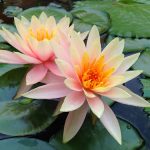What’s beauty without a little risk? Despite being toxic, you won’t be able to Resist Growing these Houseplants!
Well, obviously, you’re not growing these houseplants because they are toxic! But with this deadly and discomforting quality, why grow them indoors at all? Because you simply can’t resist them! Let’s find out what these plants are and why we can’t stop ourselves from loving them.
6 Toxic Houseplants You Can’t Resist Growing
Before we dive in, here’s a word of caution: avoid growing these at home if they are well within the reach of toddlers and pets. But if you can keep them safely away, let’s uncover the beauty that belies their toxicity!
1. Dumb Cane
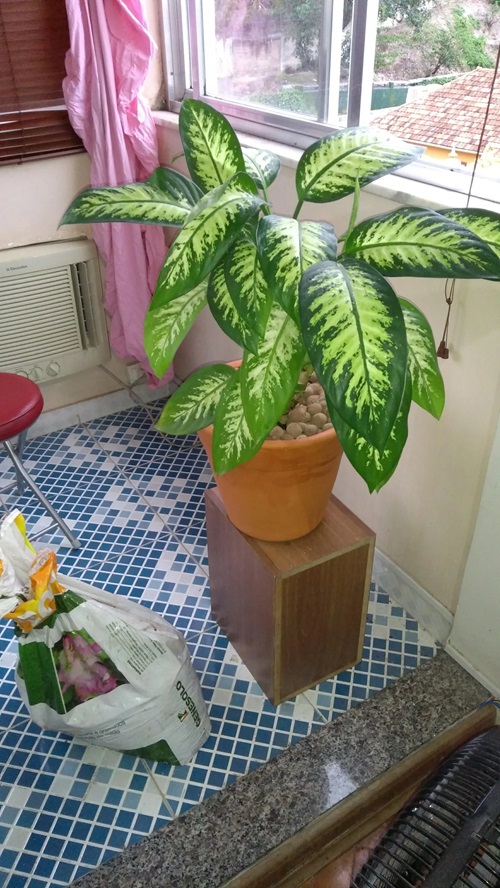
Botanical Name: Dieffenbachia
A high concentration of oxalic acids and calcium oxalate crystals in its leaves, stem, and sap can cause swelling of the lips, tongue, and throat, difficulty speaking, and nausea. Dumb Cane is also fatal to livestock and pets, so avoid it if you have furry babies running around.
Ingesting its sap can temporarily mute you—hence the name! But despite these dreadful features, it is a stunning houseplant. With broad, rich leaves in green and cream patterns, this one grows up to six feet tall indoors.
2. Sago Palm
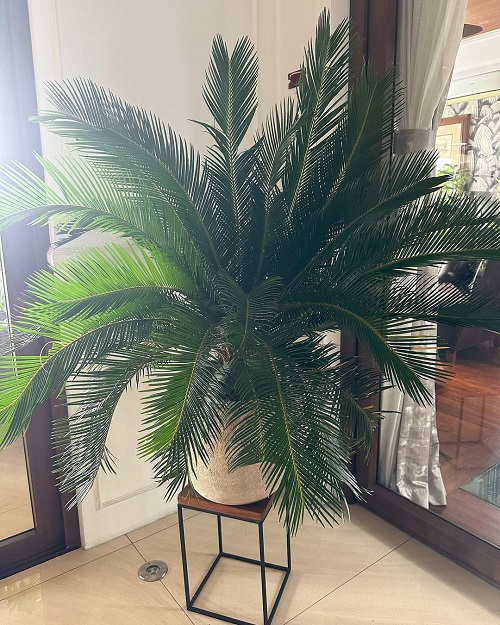
Botanical Name: Cycas revoluta
Sago Palm is often kept as a decorative plant indoors due to its shiny palm-like leaves with margins that roll downwards. But ingesting this plant is a big no, both for you and your pets, especially cats!
It contains cycasin, a compound found in all parts of the plant, particularly in the seeds. If ingested, it can cause liver failure and, in the worst case, even death.
However, with stiff, feather-like, deep green leaves cascading outwards, this plant is a dream addition to any home! This slow grower takes 50 years or more to reach even 10 feet tall, but indoors, it never grows bigger than 2-3 feet, so you don’t need to worry much about it getting too big.
3. Calla Lily
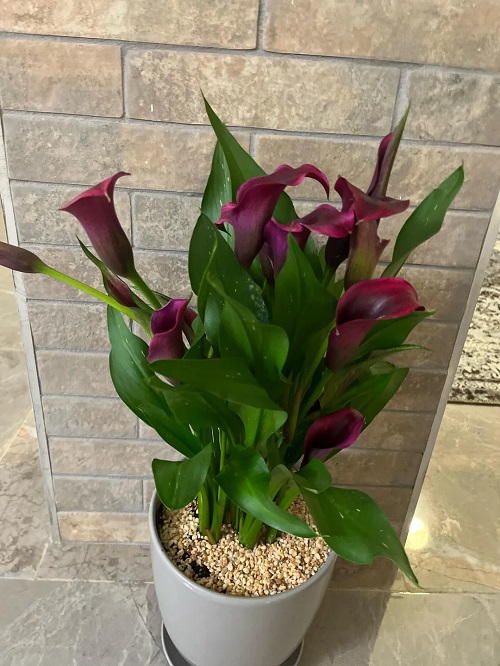
Botanical Name: Zantedeschia aethiopica
Calla Lily is a garden favorite but can also be grown indoors, with sufficient overwintering to ensure it survives. This plant also contains calcium oxalate crystals and proteolytic enzymes, especially in the slightly toxic leaves. Ingesting a piece of Calla Lily can lead to oral irritation, pain, discomfort, and vomiting.
Their elegant, white spathes and yellow spikes are a sight to behold, as are their long, arrow-shaped green leaves. Now you understand why you can’t resist growing this toxic stunner!
4. Azalea

Botanical Name: Rhododendron
Next on our list is the gorgeous Azalea, a member of the rhododendron family. Several varieties grow beautifully indoors, but the plant is highly toxic. It contains grayanotoxins, which, if ingested, can cause serious health problems like paralysis, coma, and cardiac arrest.
But their looks more than makeup for their poison severity! Azaleas can grow to 6-10 feet tall and have attractive, bright-colored, tubular blooms and a bushy, compact growth pattern outdoors. Surprisingly, compact varieties are also grown as flowering houseplants.
5. Poinsettia

Botanical Name: Euphorbia pulcherrima
This member of the spurge family, this festive season houseplant needs no introduction. Its milky sap might not kill you, but it surely causes severe discomfort and any contact with eyes can make you visit a local hospital. The toxic compound responsible for this is Diterpene esters, which are present throughout the plant, especially the sap.
Poinsettias are grown for their bright red, pink, or white bracts (colored leaves) surrounded by small yellow flowers! This shrub is also called the Christmas flower; during the holiday season, it is the most-sold potted houseplant!
6. Desert Rose
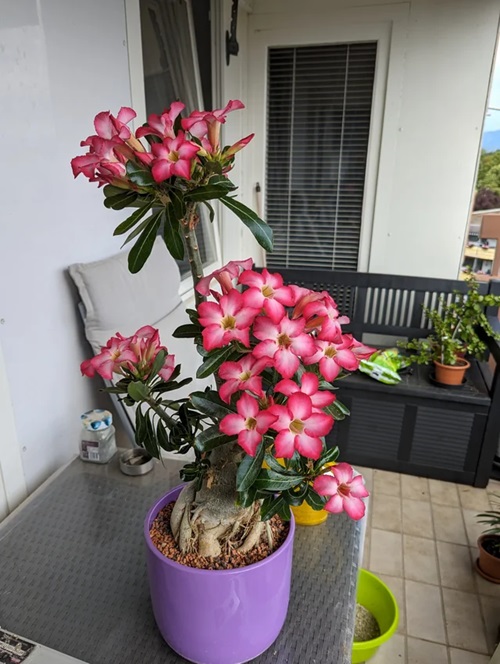
Botanical Name: Adenium obesum
Despite the name, the desert rose is not related to the iconic rose plant and is actually a succulent. Although it may look pretty and intriguing, a bite of any of its parts can lead to diarrhea, anorexia, depression, irregular heartbeat, and possibly death due to the presence of cardiac glycosides. The sap can also cause contact dermatitis.
But its beauty outshines its toxic flaws! It has a thick caudex that splits into multiple branches. Upon each branch are many bright green leaves and pinkish flowers that can be double-layered depending on the variety.
These qualities often encourage gardeners to display it as a bonsai plant. It can also be grown indoors on a sunny window. When you grow, remember not to water it frequently!

